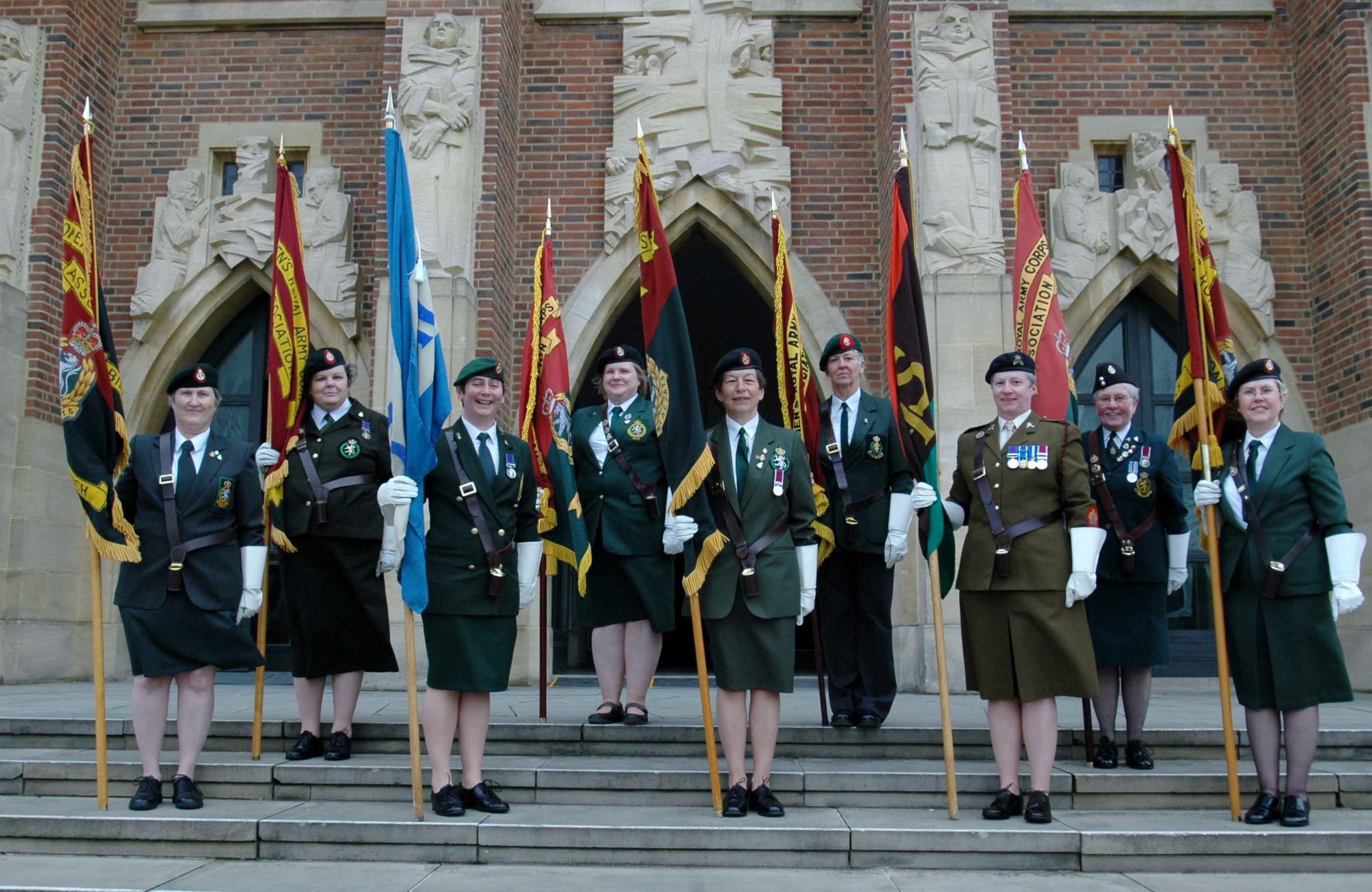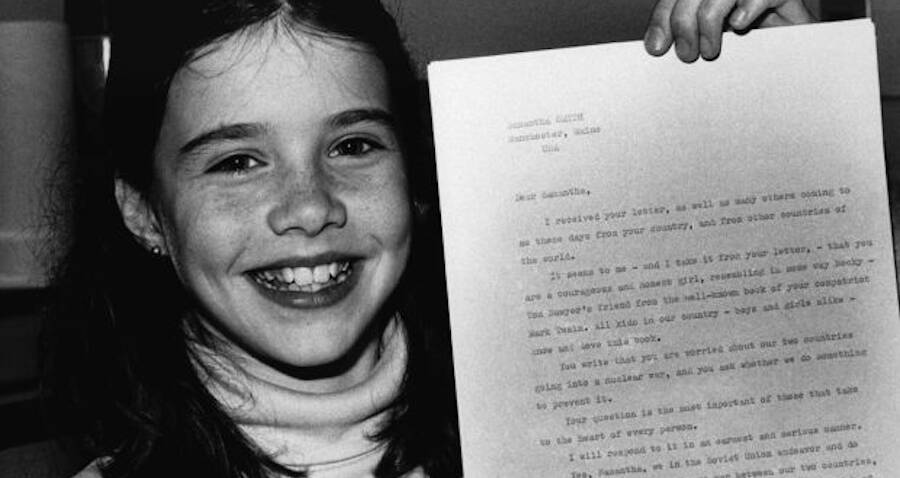Building of Hoover Dam begins
On July 7, 1930, construction of the Hoover Dam begins. Over the next five years, a total of 21,000 men would work ceaselessly to produce what would be the largest dam of its time, as well as one of the largest manmade structures in the world.
Although the dam would take only five years to build, its construction was nearly 30 years in the making. Arthur Powell Davis, an engineer from the Bureau of Reclamation, originally had his vision for the Hoover Dam back in 1902, and his engineering report on the topic became the guiding document when plans were finally made to begin the dam in 1922.
Herbert Hoover, the 31st president of the United States and a committed conservationist, played a crucial role in making Davis’ vision a reality. As secretary of commerce in 1921, Hoover devoted himself to the erection of a high dam in Boulder Canyon. The dam would provide essential flood control, which would prevent damage to downstream farming communities that suffered each year when snow from the Rocky Mountains melted and joined the Colorado River. Further, the dam would allow the expansion of irrigated farming in the desert, and would provide a dependable supply of water for Los Angeles and other southern California communities.
Even with Hoover’s exuberant backing and a regional consensus around the need to build the dam, Congressional approval and individual state cooperation were slow in coming. For many years, water rights had been a source of contention among the western states that had claims on the Colorado River. To address this issue, Hoover negotiated the Colorado River Compact, which broke the river basin into two regions with the water divided between them. Hoover then had to introduce and re-introduce the bill to build the dam several times over the next few years before the House and Senate finally approved the bill in 1928.
In 1929, Hoover, now president, signed the Colorado River Compact into law, claiming it was “the most extensive action ever taken by a group of states under the provisions of the Constitution permitting compacts between states.”
Once preparations were made, the Hoover Dam’s construction sprinted forward: The contractors finished their work two years ahead of schedule and millions of dollars under budget. Today, the Hoover Dam generates enough energy each year to serve over a million people, and stands, in Hoover Dam artist Oskar Hansen’s words, as “a monument to collective genius exerting itself in community efforts around a common need or ideal.”
/cdn.vox-cdn.com/uploads/chorus_image/image/64683515/1160608491.jpg.0.jpg)
SPORTS
2019
U.S. women's soccer team wins record 4th World Cup title
On July 7, 2019, after a dominating tournament showing, the U.S. women’s national team brings home a record fourth FIFA World Cup title—its second in a row. Held in host country France, the 2-0 final saw the United States facing the Netherlands.

WORLD WAR I
1917
British Women's Auxiliary Army Corps is officially established
On July 7, 1917, British Army Council Instruction Number 1069 formally establishes the British Women’s Auxiliary Army Corps (WAAC), authorizing female volunteers to serve alongside their male counterparts in France during World War I. By 1917.
WOMEN’S HISTORY
1976
Female cadets enrolled at West Point
For the first time in history, women are enrolled into the United States Military Academy at West Point, New York. On May 28, 1980, 62 of these female cadets graduated and were commissioned as second lieutenants.

GREAT BRITAIN
2005
Terrorists attack London transit system at rush hour
On the morning of July 7, 2005, bombs are detonated in three crowded London subways and one bus during the peak of the city’s rush hour. The synchronized suicide bombings, which were thought to be the work of al-Qaida.

US GOVERNMENT
1981
Sandra Day O’Connor nominated to Supreme Court
President Ronald Reagan nominates Sandra Day O’Connor, an Arizona court of appeals judge, to be the first woman Supreme Court justice in U.S. history. On September 21, the Senate unanimously approved her appointment to the nation’s highest court.
WORLD WAR II
1942
Himmler decides to begin medical experiments on Auschwitz prisoners
On July 7, 1942, Heinrich Himmler, in league with three others, including a physician, decides to begin experimenting on women in the Auschwitz concentration camps and to investigate extending this experimentation on males.
VIETNAM WAR
1969
First U.S. troops withdrawn from South Vietnam
A battalion of the U.S. 9th Infantry Division leaves Saigon in the initial withdrawal of U.S. troops. The 814 soldiers were the first of 25,000 troops that were withdrawn in the first stage of the U.S. disengagement from the war.
SPORTS
1912
Jim Thorpe begins Olympic triathlon
On July 7, 1912, Jim Thorpe wins the pentathlon at the fifth modern Olympics in Stockholm, Sweden. At the time, Thorpe, a Native American who attended Pennsylvania’s Carlisle Indian School, was only beginning to establish his reputation as the greatest all-around athlete.

U.S. PRESIDENTS
1946
Future President Jimmy Carter marries
On July 7, 1946, James Earl “Jimmy” Carter marries Eleanor Rosalynn Smith at the Plains Methodist Church in Plains, Georgia. When the couple met, she was 18 and working in a hair salon. He was 21 and a recent graduate of the Annapolis Naval Academy.
WESTWARD EXPANSION
1900
Warren Earp killed in Arizona
Warren Earp, the youngest of the famous clan of gun fighting brothers, is murdered in an Arizona saloon. Nicholas and Virginia Earp raised a family of five sons and four daughters on a series of farms in Illinois and Iowa.
CRIME
1865
Mary Surratt is first woman executed by U.S. federal government
Mary Surratt is executed by the U.S. government for her role as a conspirator in Abraham Lincoln’s assassination. Surratt, who owned a tavern in Surrattsville (now Clinton), Maryland, had to convert her row house in Washington, D.C.,

COLD WAR
1983
11-year-old Samantha Smith leaves for visit to the USSR
Samantha Smith, an 11-year-old American girl, begins a two-week visit to the Soviet Union at the invitation of Soviet leader Yuri Andropov. Some American observers believed that Smith was merely being used by the Soviets for their own propaganda purposes,

CIVIL WAR
1863
Kit Carson begins his campaign against Native Americans
On July 7, 1863, the Union’s Lt. Colonel Christopher “Kit” Carson leaves Santa Fe with his troops, beginning his campaign against the Native Americans of New Mexico and Arizona. A famed mountain man before the Civil War, Kit Carson was responsible for waging a destructive war.
TODAY IN HISTORY IN NIGERIA

1980 Oba Adesoji Aderemi (Titus Martins Adesoji Tadeniawo Aderemi I), the Ooni of Ife, joined his ancestors.
1998 Chief M.K.O. Abiola died in detention while meeting with a delegation from the United States, headed by Thomas Pickering and Susan Rice. His death sparked protest in the South West of Nigeria.
Comments
Post a Comment